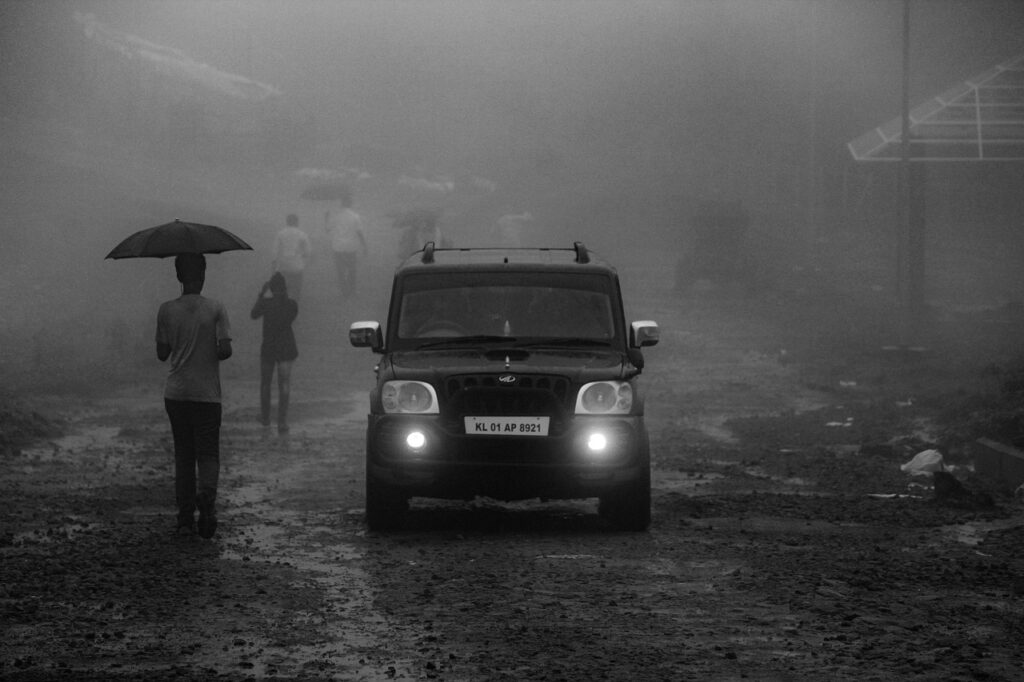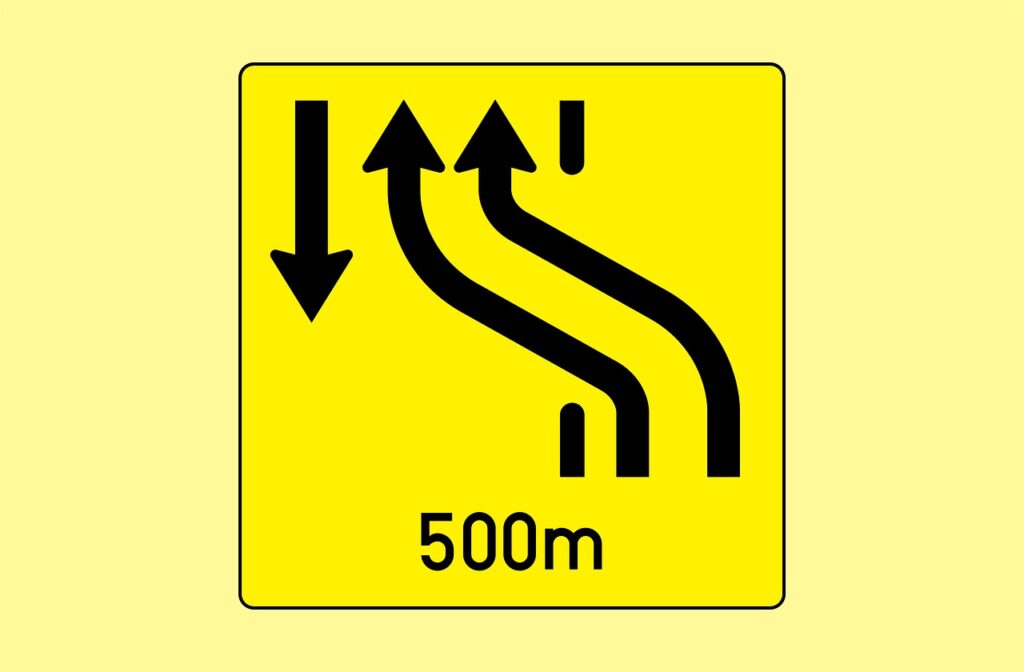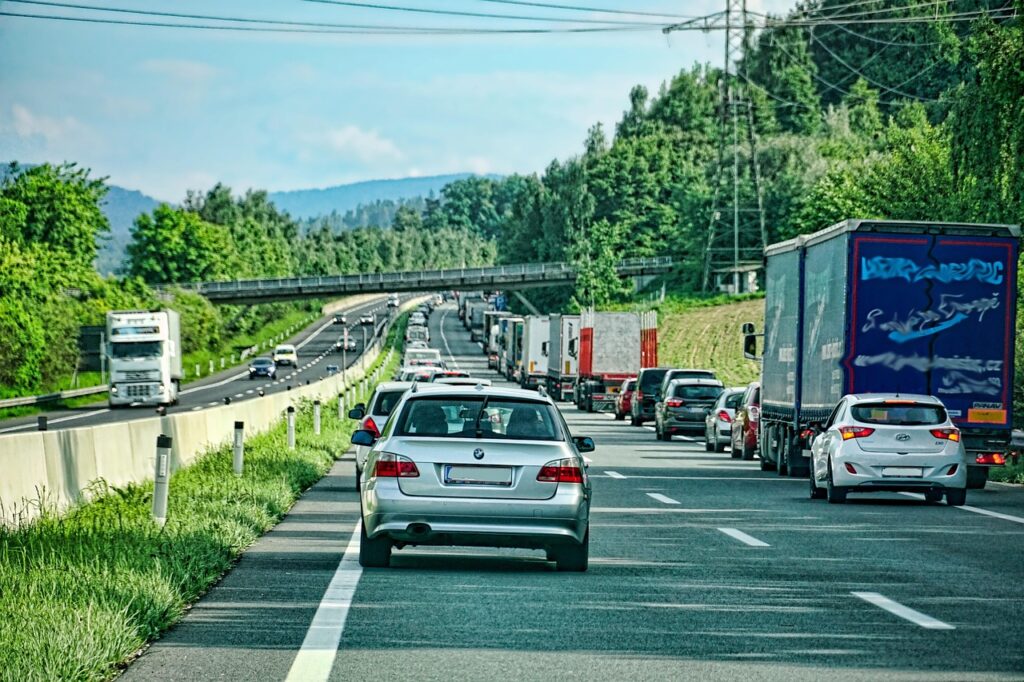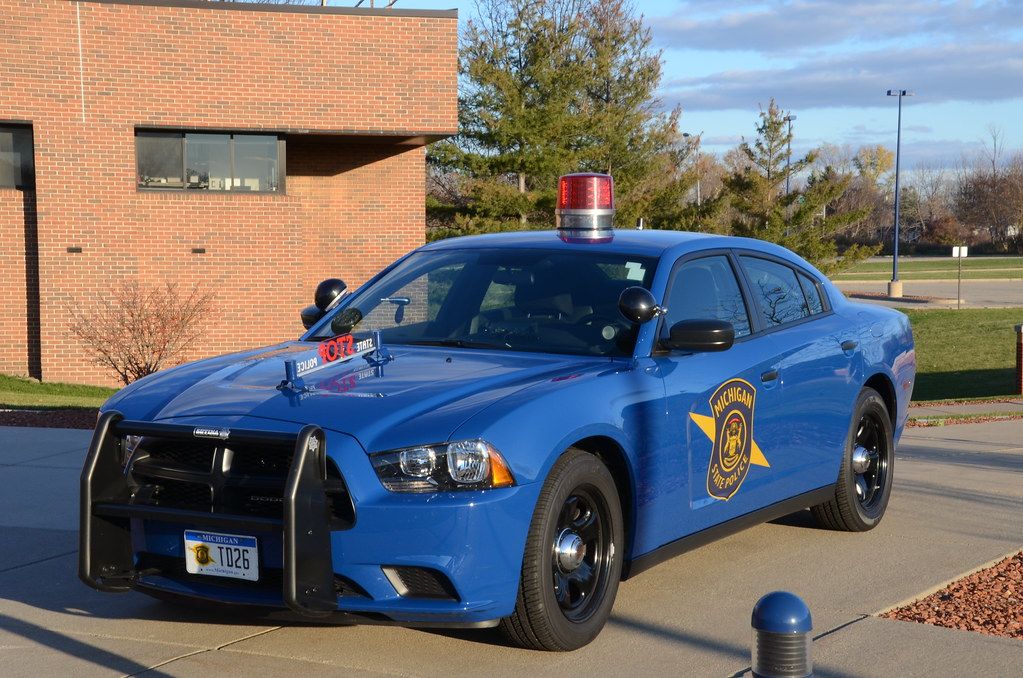
As schools resume session, an undeniable increase in traffic congestion during peak commuting hours becomes a common reality for many drivers. This surge in vehicles on the road amplifies the critical importance of safe driving practices, particularly when it comes to the often-stressful maneuvers of merging and changing lanes. Disturbingly, statistics indicate that a notable 4% of all traffic collisions stem from merging-related issues, encompassing everything from a failure to slow down to what is termed ‘merging entitlement.’ Ensuring your safety and that of others requires a clear understanding and consistent application of best practices.
Navigating multi-lane roads and highways effectively demands not just skill, but also a proactive mindset focused on safety and cooperation. This in-depth guide is designed to equip you with essential strategies and practical tips, grounded in expert advice, to make your merging and lane-changing experiences smoother, safer, and less prone to incidents. We delve into crucial aspects such as understanding right-of-way rules, the indispensable role of signaling, and effective observation techniques, all aimed at reducing the risks associated with these common driving situations.
Our goal is to demystify these maneuvers, providing clear, actionable advice that you can immediately integrate into your daily driving habits. By adopting these proven techniques, you can significantly mitigate the potential for accidents and contribute to a more harmonious traffic flow. Let’s explore the fundamental principles that underpin safe and efficient merging and lane changes, helping you navigate the roads with greater confidence and security.
1. **Understanding Right of Way When Merging** A fundamental principle for safe merging, especially onto a highway, is acknowledging that traffic already on the highway always has the right of way. This means that if you are on an entrance ramp, vehicles in the first lane of the highway can either make room for you or continue without yielding. It is your responsibility to yield to them, ensuring you do not force your way into their path. Making assumptions about other drivers’ actions, such as expecting them to create space for you, can lead to dangerous situations and should be avoided.
This rule extends beyond highway entrances. When lane lines are ending, the car directly in front of you also has the right of way. Even if that driver is proceeding at a very slow pace, you must provide them with sufficient space and time to complete their merge before you attempt to maneuver your own vehicle. Patience and adherence to this basic rule are paramount for preventing potential rear-end collisions and ensuring a smooth transition for all involved.
In practical terms, yielding means being prepared to adjust your speed, or even stop if necessary, to allow main roadway traffic to pass. Do not assume that because you are at the end of a ramp, other drivers are obligated to make space immediately. Your primary focus must be on finding a safe opening in the flow of traffic, which may require you to wait for several vehicles to pass before an appropriate gap presents itself. This defensive approach is crucial for preventing accidents and ensuring a safe merge.
Furthermore, remember that freeway merging tips emphasize this point: “The cars already driving on the freeway have the right of way, so if you are merging then you must yield.” This is not merely a courtesy but a legal and safety obligation. By understanding and consistently applying this rule, you establish a safer foundation for all merging maneuvers, reducing the likelihood of conflict and collision.
Read more about: Master the Merge: Pro Hacks for Seamless Lane Transitions Without Cutting Off Other Drivers
2. **The Critical Role of Turn Signals** The turn signal is arguably your most important communication tool on the road, particularly when merging or changing lanes. It serves as a clear alert to both drivers on the highway and those behind you, indicating your intention to maneuver. Using your turn signal well in advance provides other drivers with ample time to react, adjust their speed, or create space, thereby facilitating a safer and more predictable traffic flow. In most states, activating your turn signal “at least 100 feet” before changing lanes is a legal requirement.
When merging onto a highway, the turn signal is your indispensable friend. It explicitly communicates your plan, reducing uncertainty for other motorists. This early communication is vital because other drivers cannot anticipate your intentions. Signaling helps them respond appropriately, preventing sudden braking or swerving that could lead to accidents. A good rule of thumb is to signal at least five seconds before you change lanes, providing a generous window for awareness.
Beyond mere signaling, the effectiveness lies in its timely and accurate use. Signal early – typically “100 to 300 feet before merging or changing lanes.” This advanced warning is especially critical on fast-moving highways where reaction times are shorter. Neglecting to signal, or signaling too late, can lead to confusion and dangerously abrupt reactions from surrounding vehicles, increasing the risk of a collision.
Remember to turn off your turn signal immediately after you have completed your lane change or merge. A turn signal left on inadvertently can be just as confusing and dangerous as no signal at all, misleading other drivers about your next move. Correct and prompt use of your turn signal is a simple yet profoundly effective way to enhance safety and predictability on the road, contributing to a smoother driving experience for everyone.
Read more about: Navigating the Midlife Career Pivot: How Professionals in Their 40s and 50s Are Redefining Purpose and Achieving Deeper Fulfillment
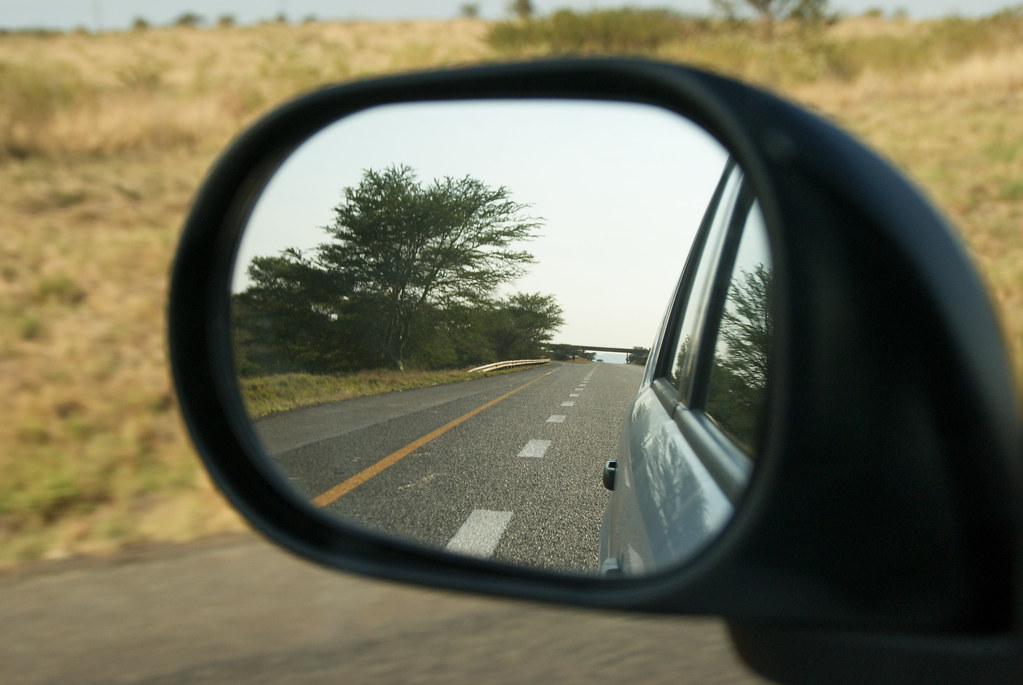
3. **Diligent Use of Mirrors and Blind Spot Checks** Before initiating any lane change or merge, a comprehensive visual check using your mirrors is non-negotiable. Your rearview and side mirrors are designed to provide a broad perspective of the traffic around you, helping you ascertain if there is sufficient space to complete your maneuver safely. These reflections can reveal a speeding car or a smaller vehicle that you might otherwise miss, which is why diligent checking is so vital to preventing accidents.
However, mirrors alone are insufficient. Every vehicle has blind spots—areas around the car that are not visible through the mirrors. These dangerous zones can easily conceal a small car, a motorcycle, or even a larger vehicle, making a direct head check absolutely essential. After checking your mirrors, you must briefly turn your head and look over your shoulder to confirm that your blind spot is clear. This quick, decisive glance can prevent a catastrophic collision with an unseen vehicle.
The importance of this step cannot be overstated. “Mirrors can help you merge safely, but they can never replace turning your head to check your blind spots.” This reinforces the critical nature of the physical head check. It’s remarkably easy for smaller objects, like cyclists or motorcycles, to be completely hidden in these zones. Conversely, being aware of other drivers’ blind spots and moving out of them as quickly as possible also contributes to overall road safety.
Commercial vehicle drivers, in particular, face unique challenges as some lack a rearview mirror. For them, “commercial vehicle drivers should use their side and blind-spot mirrors before changing lanes.” This highlights the universal need for thorough observation regardless of vehicle type. The combined practice of checking mirrors and performing a quick, decisive blind spot check forms a foundational pillar of safe lane navigation, ensuring you have a full understanding of your immediate surroundings before making any move.

4. **Matching Speed and Identifying Safe Gaps** One of the most crucial aspects of a safe merge onto a highway is adjusting your speed to match the flow of traffic already present. Attempting to merge at a significantly slower or faster speed than surrounding vehicles creates a dangerous differential that can lead to collisions. The aim is to seamlessly integrate into the traffic stream, which often means bringing your car up to the legal speed of the highway before entering the lane. However, always remember that ‘sometimes traffic conditions will require you to merge more slowly than usual to keep everyone safe, like in rush hour or if there’s an accident nearby.’
Beyond matching speed, identifying an appropriate gap is paramount. This involves looking for a safe, consistent space in traffic—typically a three- to four-second interval—between vehicles. It’s not just about finding any gap, but finding one that allows you to merge without forcing other drivers to brake or swerve. Your merge should be a smooth, controlled maneuver that does not disrupt the flow of traffic or create a hazardous situation for others.
To facilitate a smooth merge, it’s also helpful to observe the cars behind the gap you intend to enter. Sometimes, a driver behind that gap may signal or slightly slow down, indicating they are willing to let you in. While you should never make assumptions, being observant of such cues can sometimes assist in finding an opening. However, your primary responsibility remains to “Yield to freeway traffic, avoiding unnecessary stops” and to actively find a safe opening without relying on others to create one.
In situations where you need to change lanes, especially to pass a slower vehicle, be mindful of your speed. While some states permit increasing speed to pass, it is essential to do so with caution and within legal limits. Always ensure that if the car you’re trying to merge ahead of accelerates, you allow them to pass before making your move. Adjusting your speed thoughtfully and identifying safe gaps are interdependent skills that, when mastered, significantly enhance your ability to navigate multi-lane roads safely and efficiently.
Read more about: Master the Merge: Pro Hacks for Seamless Lane Transitions Without Cutting Off Other Drivers
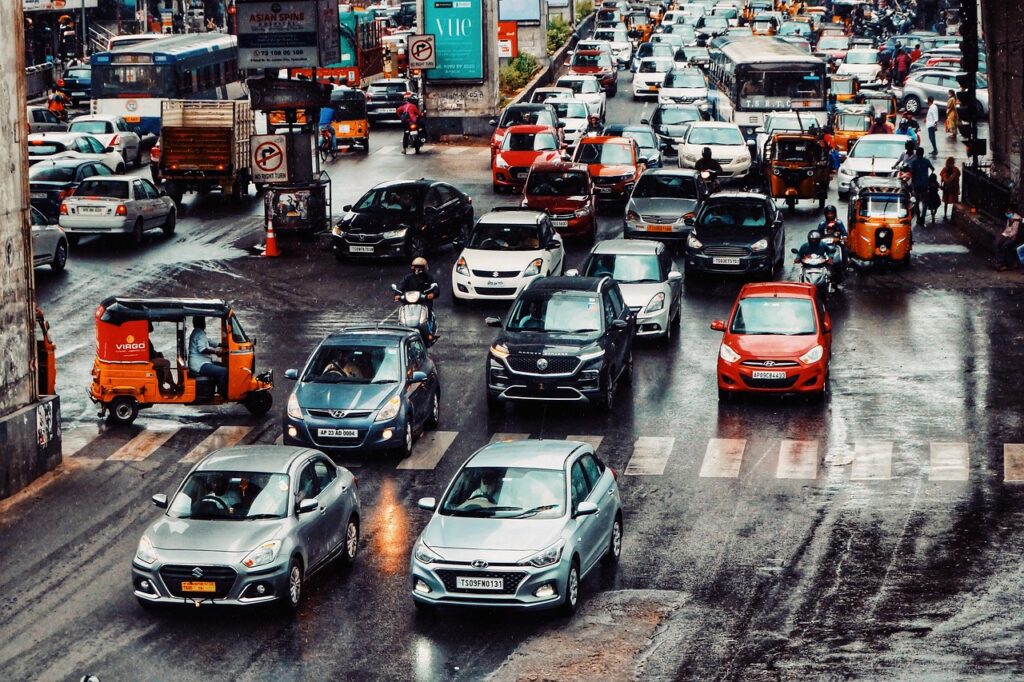
5. **Adopting the Zipper Merge for Congested Roads** In conditions of heavy traffic, particularly during rush hour or when lane closures are necessitated by road work or accidents, the traditional method of merging can often lead to congestion and frustration. This is where the ‘zipper merge’ technique proves to be a highly effective and safe alternative. Also known as ‘joint lane merging,’ this method encourages drivers to utilize both lanes right up until the designated merge area, rather than attempting to merge early.
Once drivers reach the point where the lane officially narrows, they alternate merging into the open lane in a precise, ‘zipper-like fashion.’ This systematic approach is designed to prevent the common problems associated with early merging, such as extensive traffic backups in the open lane and unexpected, dangerous lane switching at the last moment. The visual analogy of a zipper helps drivers understand the concept of ‘taking turns merging,’ promoting fairness and order.
The zipper merge significantly reduces aggressive driving behaviors often seen in congested situations, such as drivers attempting to ‘outspeed’ others or block merging vehicles. Instead, it promotes a cooperative environment where drivers are expected to work together to maintain an even flow. When roads are congested, “it’s safest to go slowly and take turns merging, to spread out the flow of traffic,” which is precisely what the zipper merge facilitates.
While early merging relies heavily on the ‘courtesy of drivers already in that lane to let them in,’ the zipper merge formalizes this process, making it more efficient and less prone to the erratic behaviors that cause traffic backups. By embracing this technique, especially when signs indicate its recommendation, drivers can contribute to a smoother, safer, and more predictable traffic flow during periods of high congestion or lane reductions, ultimately enhancing overall road safety.
6. **Avoiding Costly Lane Change Mistakes** Even with the best intentions, several common errors can undermine the safety of a lane change or merge. One significant pitfall is taking too long to execute all the necessary steps. Each action, from signaling to checking mirrors and blind spots, should be completed within a few seconds of the other. Hesitation between these steps is dangerous because road conditions can change rapidly, turning a safe gap into a perilous situation in an instant.
Forgetting to use your turn signal, or conversely, forgetting to turn it off, also presents considerable risks. As previously emphasized, signals are your primary means of communication. Failing to signal leaves other drivers guessing, while leaving a signal on after completing a maneuver can mislead them about your subsequent actions, creating confusion and potential hazards. Always ensure your signal is on when you intend to move and off when the maneuver is complete.
Another common mistake is slowing down or hitting the brakes just before or during a lane change. When changing lanes, “Make your best effort to go with the flow of traffic.” Sudden deceleration can catch the driver behind you off guard, increasing the risk of a rear-end collision. Maintaining your speed while smoothly transitioning into the new lane is vital for preventing such incidents and ensuring a predictable flow for everyone.
Furthermore, avoid drifting into another lane while checking your blind spot. The head check for blind spots should be a swift, decisive glance. Lingering too long with your head turned away from the front can cause your vehicle to unintentionally veer, potentially leading to a collision with a vehicle in an adjacent lane. A very brief blind spot check is all that is needed to confirm the lane is clear without compromising your lane position. Lastly, always allow the car in front of you to merge onto the highway before attempting your own merge. Rear-ending another vehicle at a merge point is a preventable accident, and waiting for the vehicle ahead to clear ensures a safer path for you to follow.
As drivers, our journey through traffic isn’t just about our own maneuvers; it’s also about how we interact with, and react to, others on the road. For those navigating the main flow of traffic, particularly on freeways, the act of someone else merging can present unique challenges and responsibilities. Understanding these nuances is key to maintaining smooth traffic flow and, most importantly, preventing collisions. This section delves into the perspective of through-lane drivers, offering advanced strategies to facilitate safe merging for others while bolstering your own defensive driving capabilities.
Read more about: From Cereal to Skiing: 15 Everyday Joys The Rich Have Unintentionally Transformed, Making Them Unattainable for Many

7. **Legal Responsibilities of Through-Lane Drivers** While merging vehicles are generally tasked with yielding to main roadway traffic, through-lane drivers are not exempt from their own set of critical legal and ethical obligations. These responsibilities underscore the shared nature of road safety, emphasizing that every driver plays a role in preventing accidents. Drivers in the through lanes are expected to exercise due care to avoid collisions, meaning they must operate their vehicles safely, remain acutely aware of surrounding conditions, and anticipate the potential actions of other motorists.
It is paramount that through-lane drivers do not intentionally impede merging traffic or take actions that could create hazardous situations. Even though merging drivers hold the primary responsibility to yield, through-lane drivers retain an obligation to act reasonably and defensively. State vehicle codes often require all drivers to take prudent actions to prevent accidents, irrespective of who might technically be at fault. This often translates into making reasonable adjustments to your driving behavior to help facilitate a safe merge for others, when conditions permit.
This commitment to shared responsibility creates a safer environment for everyone on the road. By understanding that your role extends beyond merely maintaining your lane, you contribute to a more cooperative and predictable traffic system. A proactive approach, rooted in the awareness of these legal and practical responsibilities, is a hallmark of defensive driving and essential for preventing merging-related incidents.

8. **Adjusting Speed and Position to Facilitate Merging** Through-lane drivers are instrumental in fostering a safe merging environment by thoughtfully adjusting their speed and lane position. The goal is to create adequate space, a usable gap, for merging vehicles to integrate seamlessly into the traffic stream. This often involves a delicate balance: at times, slightly reducing your speed to allow a merging vehicle to enter ahead of you, and at other times, if it’s safe and helps match the flow, briefly increasing speed to enable them to merge behind.
Maintaining a safe following distance is a foundational principle that becomes even more critical when anticipating merging traffic. A sufficient buffer between your vehicle and the one ahead provides the necessary flexibility for minor speed adjustments without resorting to sudden or abrupt braking, which can disrupt the flow of traffic behind you and increase accident risk. This proactive spacing allows for more controlled reactions and smoother transitions for all vehicles involved.
Furthermore, if conditions safely allow, moving to an adjacent lane can provide substantial room for merging vehicles. This simple yet effective maneuver offers the merging driver a clearer, less stressful path onto the freeway. Executing such a lane change responsibly requires diligent checking of mirrors and blind spots to confirm the adjacent lane is clear, ensuring the move itself does not inadvertently disrupt other traffic or create a new hazard. This cooperative approach significantly enhances overall road safety.
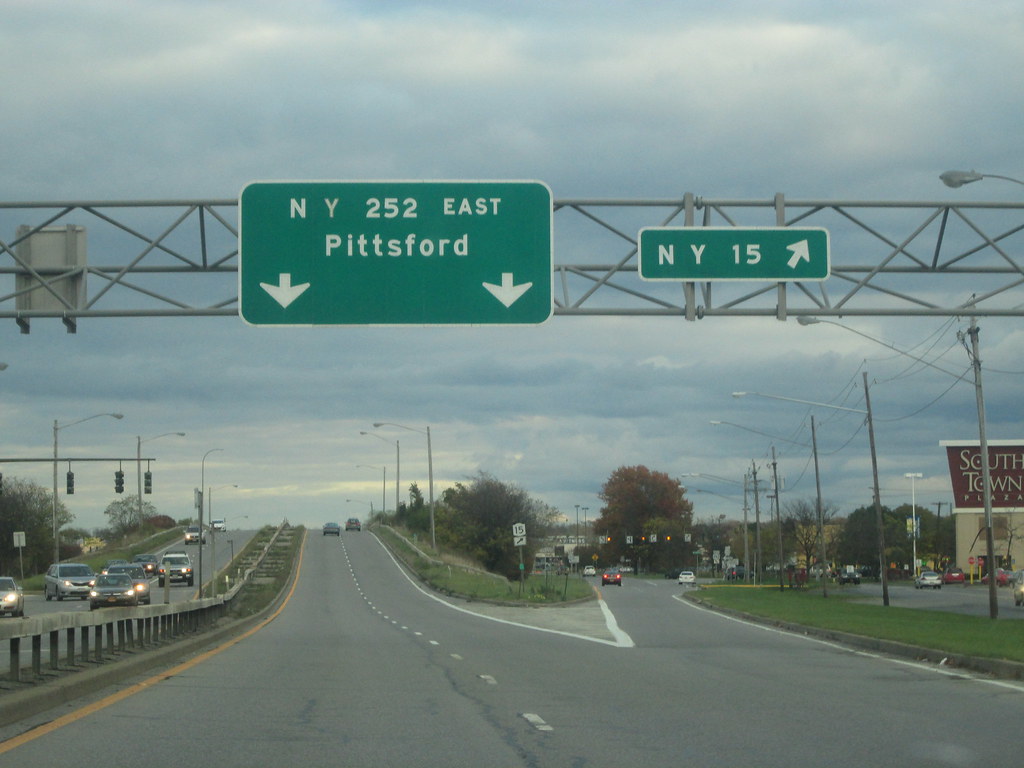
9. **Effective Non-Verbal Communication with Merging Drivers** In the dynamic environment of the road, effective non-verbal communication is a powerful tool for preventing misunderstandings between through-lane drivers and those attempting to merge. Clear, predictable signals reduce uncertainty and foster a cooperative driving experience. Utilizing your turn signals, even if you do not intend to change lanes yourself, can effectively indicate your awareness of the merging vehicle and signal your intent to adjust your position or speed to accommodate them.
A brief flash of your headlights can serve as a universally understood signal to a merging driver, letting them know they have been seen and that a space is available for them to enter. This simple acknowledgment can significantly reduce anxiety for the merging driver and facilitate a smoother transition. Similarly, making eye contact with the merging driver, if safely possible, offers a direct visual confirmation of mutual awareness and helps both drivers anticipate each other’s next actions, minimizing the potential for misinterpretation.
Crucially, through-lane drivers must actively avoid sending aggressive or confusing signals. Rapid braking or sudden acceleration, for instance, can be misinterpreted as hostile or unpredictable actions, leading to dangerous reactions from merging drivers. Instead, maintaining clear, predictable communication, whether through signals, lights, or even subtle adjustments to speed and lane position, promotes a more harmonious and safer merging process for everyone sharing the road.
10. **Navigating Challenging Merging Scenarios with Confidence** Drivers inevitably encounter challenging merging scenarios that demand heightened awareness and practiced defensive driving skills. These situations might include multiple vehicles attempting to merge simultaneously, or encountering drivers who are either aggressively forcing their way in or hesitating excessively on the ramp. In such complex instances, it is imperative to assess the entire traffic situation and prioritize creating space for the most immediate threats, making swift, informed decisions.
When faced with multiple merging vehicles, a strategic approach involves adjusting your speed to allow one vehicle to merge safely, then immediately preparing to accommodate the next. In these scenarios, maintaining composure and prioritizing safety over a rigid adherence to right-of-way rules is paramount. If a merging driver exhibits aggressive behavior, it is almost always safer to yield and allow them to enter, rather than risking a collision by attempting to assert your right of way in a confrontational manner.
Conversely, a hesitant merging driver, who might slow excessively on the ramp, presents a different kind of challenge. In such cases, a slight speed reduction on your part or, if safe, a lane change can encourage them to complete their merge, alleviating congestion and potential hazards on the ramp. When heavy traffic limits available space, drivers must make smaller, more precise adjustments, creating minimal gaps by subtly altering speed while maintaining an unwavering vigilance for unexpected maneuvers like sudden braking or swerving, which demand immediate defensive reactions.
Read more about: Navigating the Future: 2025’s Top Self-Driving Cars and the Tech Powering Autonomous Innovation
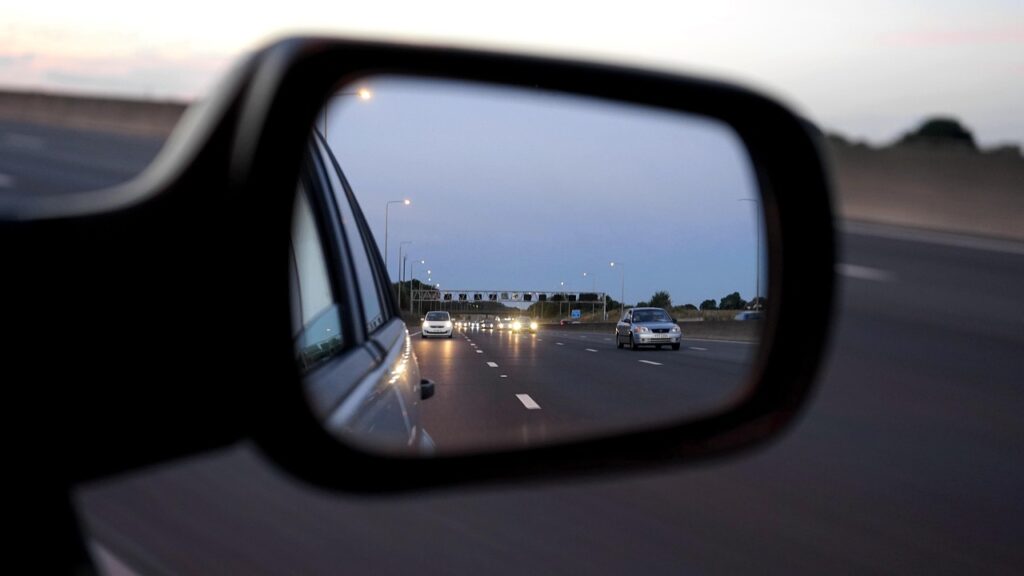
11. **The ‘Divider Technique’ for Enhanced Mirror Awareness** Enhancing one’s confidence and accuracy while changing lanes can be significantly improved by a clever visual technique for mirror awareness. This method, demonstrated by an automotive expert, involves a precise adjustment of your vehicle’s side mirrors, followed by a mental visualization to judge the distance of approaching vehicles more effectively. It begins by ensuring the mirrors are positioned correctly to offer the fullest possible view of the road behind and alongside your car.
The correct adjustment involves moving your side mirrors so that the front and rear door handles of your own vehicle are just visible on the far side of the reflective glass. For example, on the left side mirror, the left-side door handles should be on the far right edge of the mirror’s view, and vice versa for the right mirror. This slight outward rotation expands your field of vision, reducing common blind spots and providing a more comprehensive perspective of surrounding traffic, which is crucial for safer lane changes.
Once your mirrors are optimally positioned, the technique introduces a mental “divider.” Imagine splitting your side mirror vertically in half. The half of the mirror closest to your vehicle becomes your “safe zone” for lane changes, indicating sufficient space behind you. Conversely, the far section of the mirror acts as a “red zone”; if another approaching car appears here, it suggests they are too close for a successful and safe lane switch. This simple mental coloring, red for too close and green for clear, helps drivers quickly and instinctively assess the safety of a lane change, significantly reducing the risk of collisions.

12. **Maintaining Optimal Following Distance** A cornerstone of defensive driving, and a principle that underpins all safe merging and lane-changing practices, is the consistent maintenance of optimal following distance. This is not merely about avoiding rear-end collisions but about creating a vital buffer zone that allows for reaction time, minor speed adjustments, and the ability to respond safely to unexpected events from any direction. It forms the invisible shield that protects you and those around you on the road.
Generally, drivers should aim to keep up with the flow of traffic while simultaneously ensuring a safe three- to four-second gap between their vehicle and the one directly in front. This time-based measurement is particularly effective because it automatically adjusts for speed: the faster you go, the more physical distance you’ll cover in three seconds, thus maintaining a proportional safety buffer. This crucial interval provides the necessary space to react to sudden braking, facilitate merging, or navigate through various traffic conditions without abrupt maneuvers.
Furthermore, the necessity of adjusting your speed and following distance extends to varying road and weather conditions, as well as specific scenarios such as approaching exit ramps. In adverse weather, or when encountering larger vehicles, increasing this following distance is a non-negotiable safety measure. For instance, when passing larger commercial vehicles, maintaining a greater distance to the left before re-entering your lane provides additional clearance and a wider margin for error, reflecting a comprehensive approach to road safety that protects all road users.
Read more about: 15 Top Cars for Retirees in 2025: Unbiased Choices for Safety, Value, and Lasting Reliability
By diligently applying these advanced strategies—from understanding your legal role as a through-lane driver to mastering communication, confidently handling challenging scenarios, utilizing enhanced mirror awareness, and maintaining an optimal following distance—you not only protect yourself but actively contribute to a safer, more predictable, and more efficient road network for everyone. These practices are not just about following rules; they are about fostering a culture of cooperative and responsible driving that minimizes risk and enhances the overall commuting experience. Remember, every decision you make behind the wheel has an impact, and choosing safety benefits us all.

